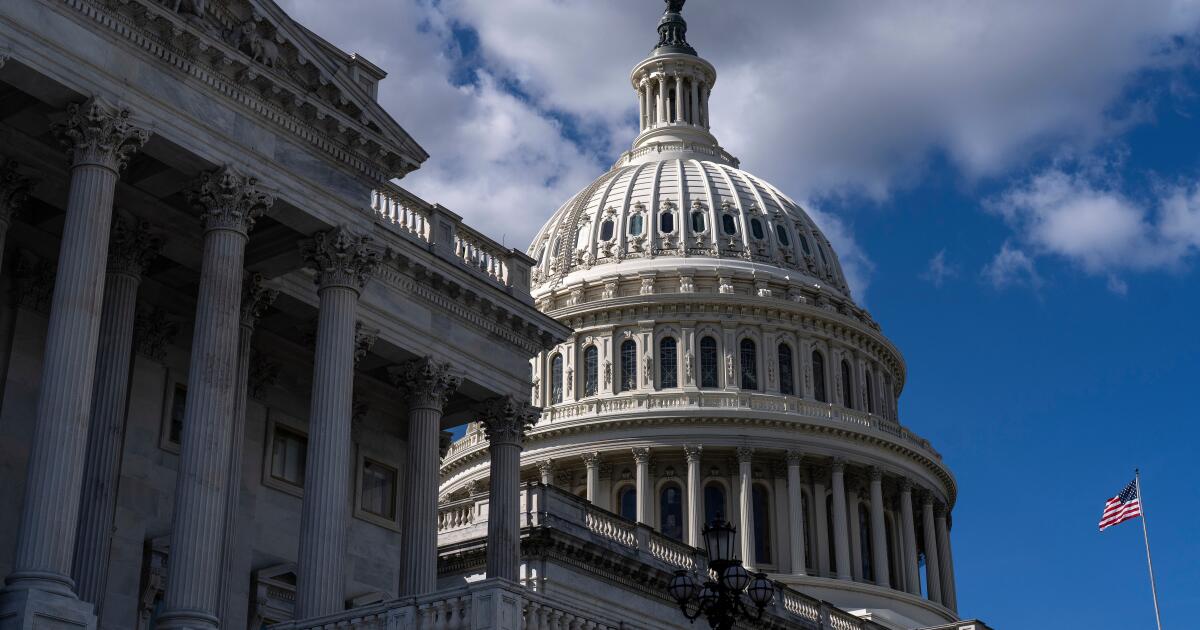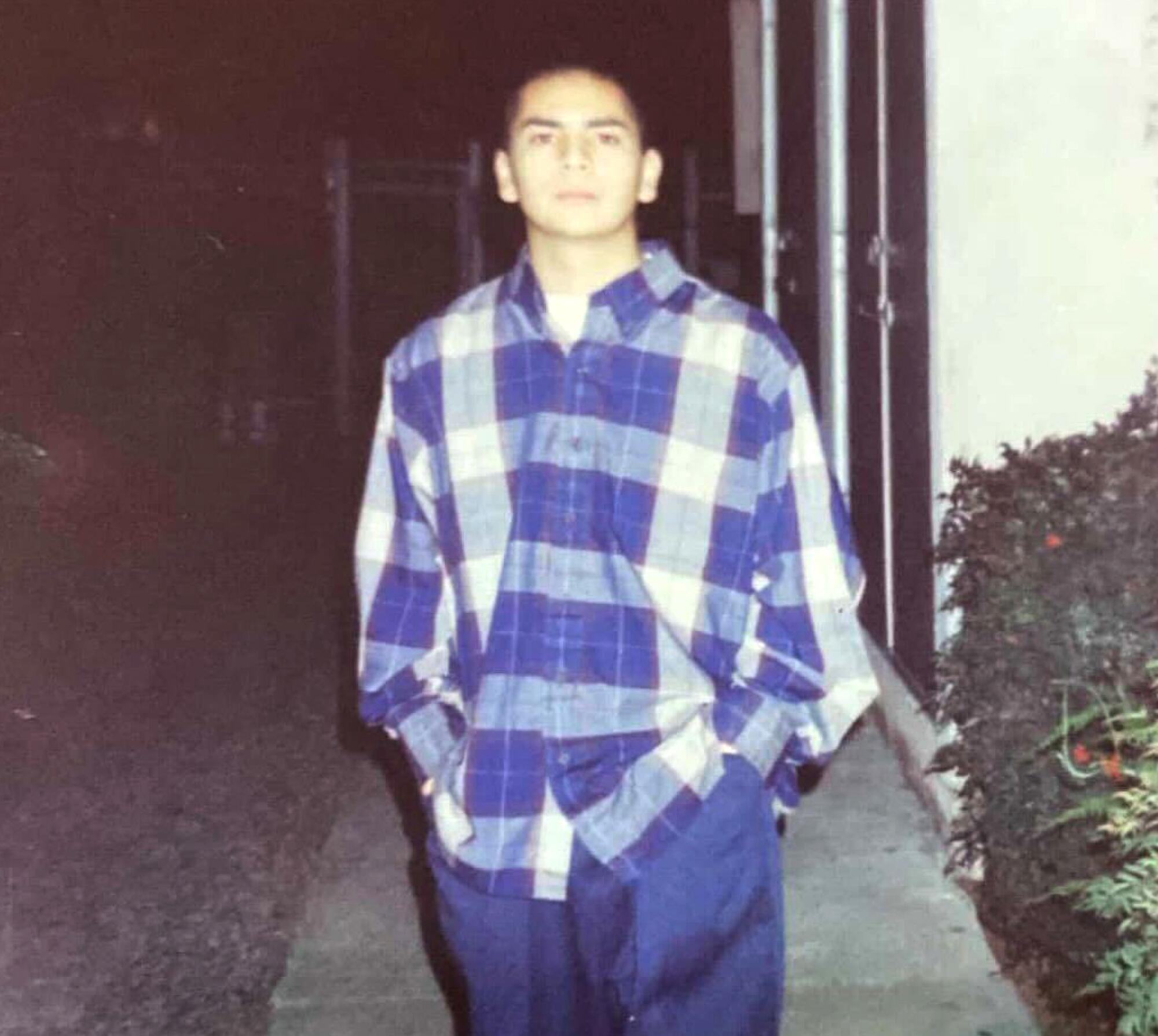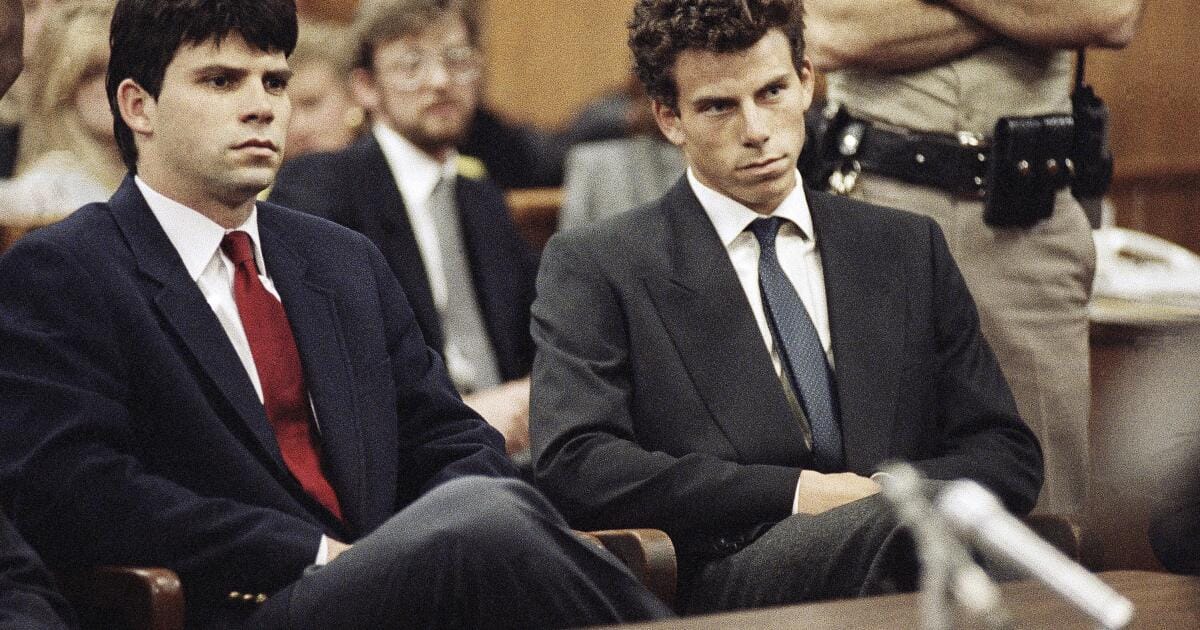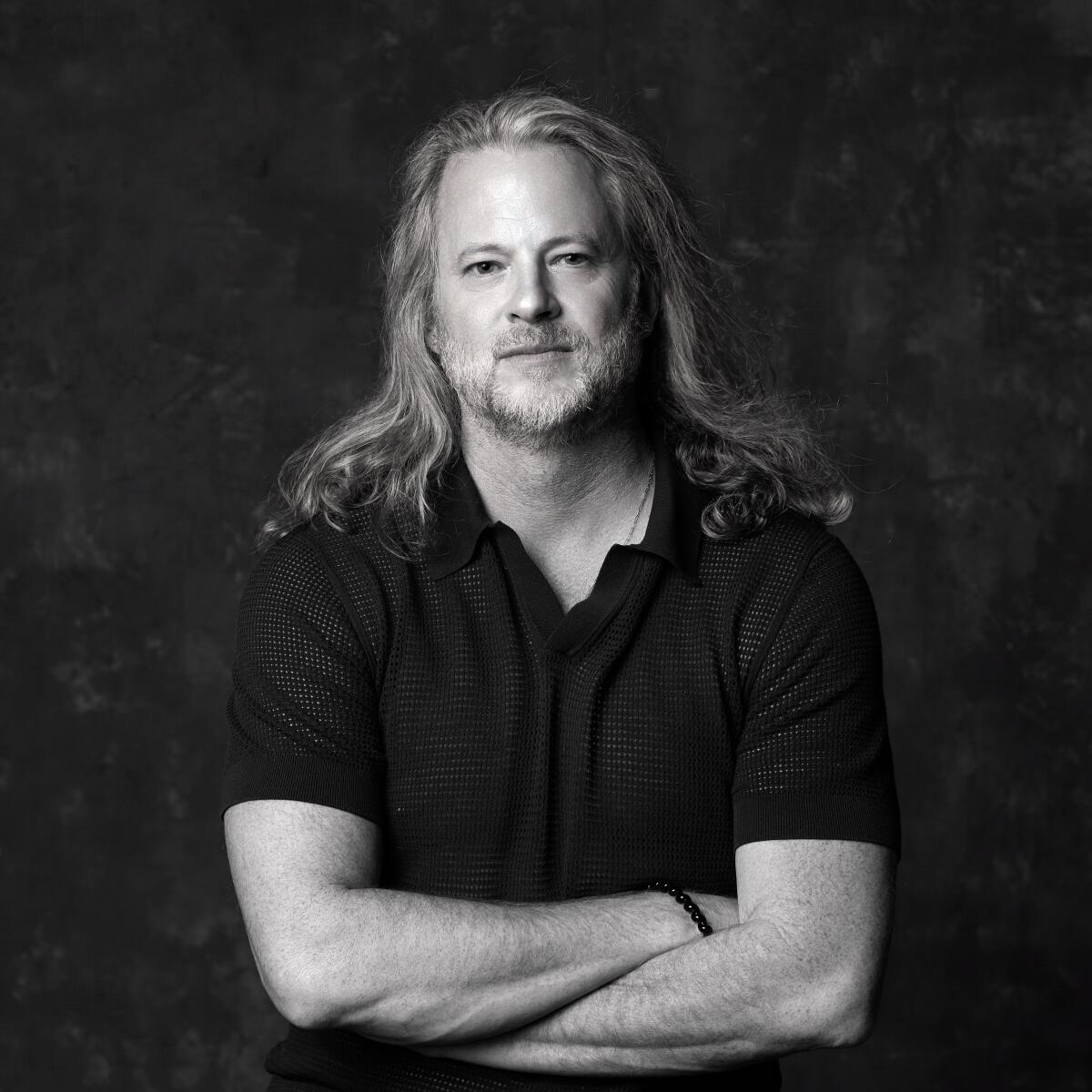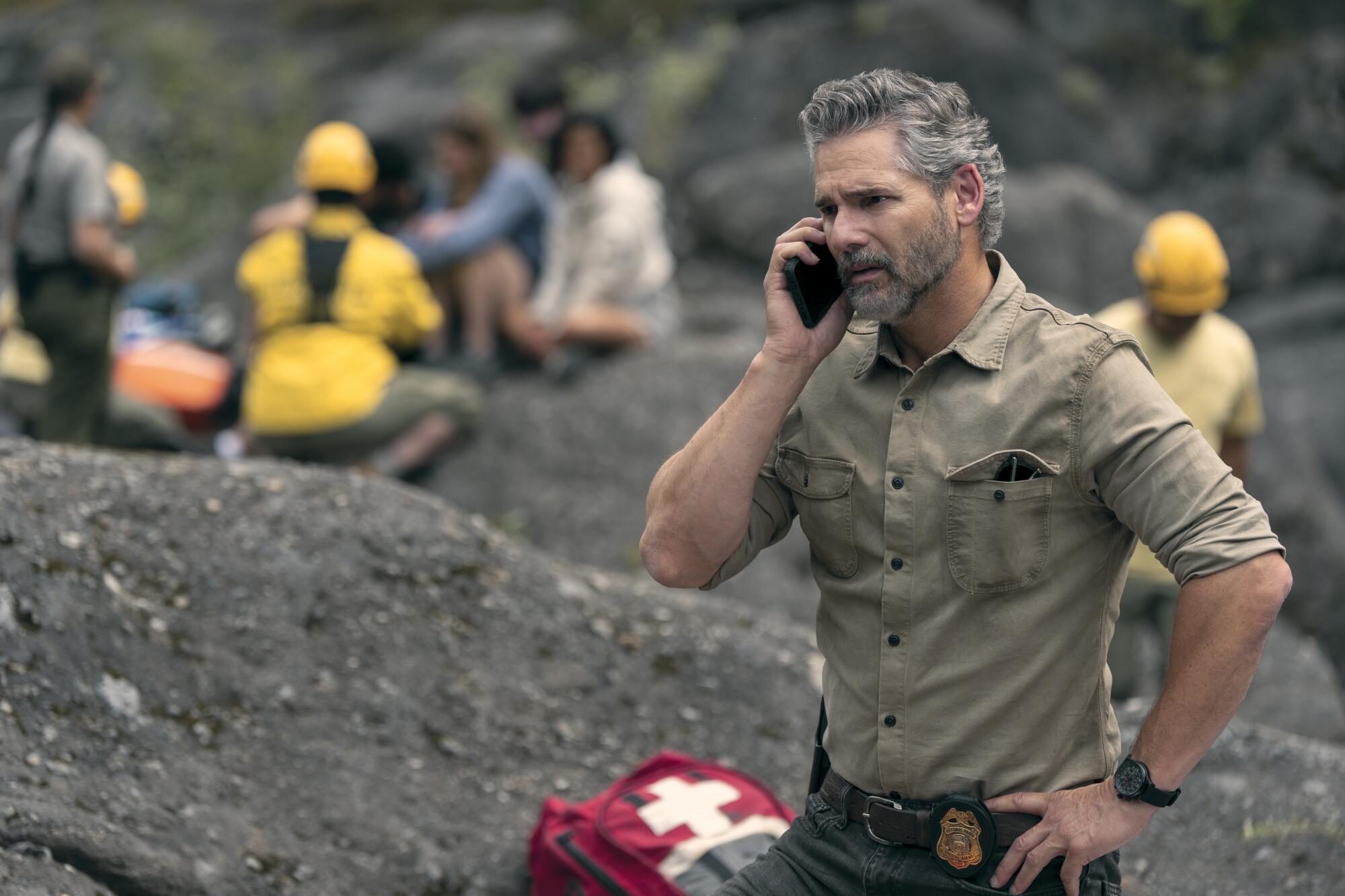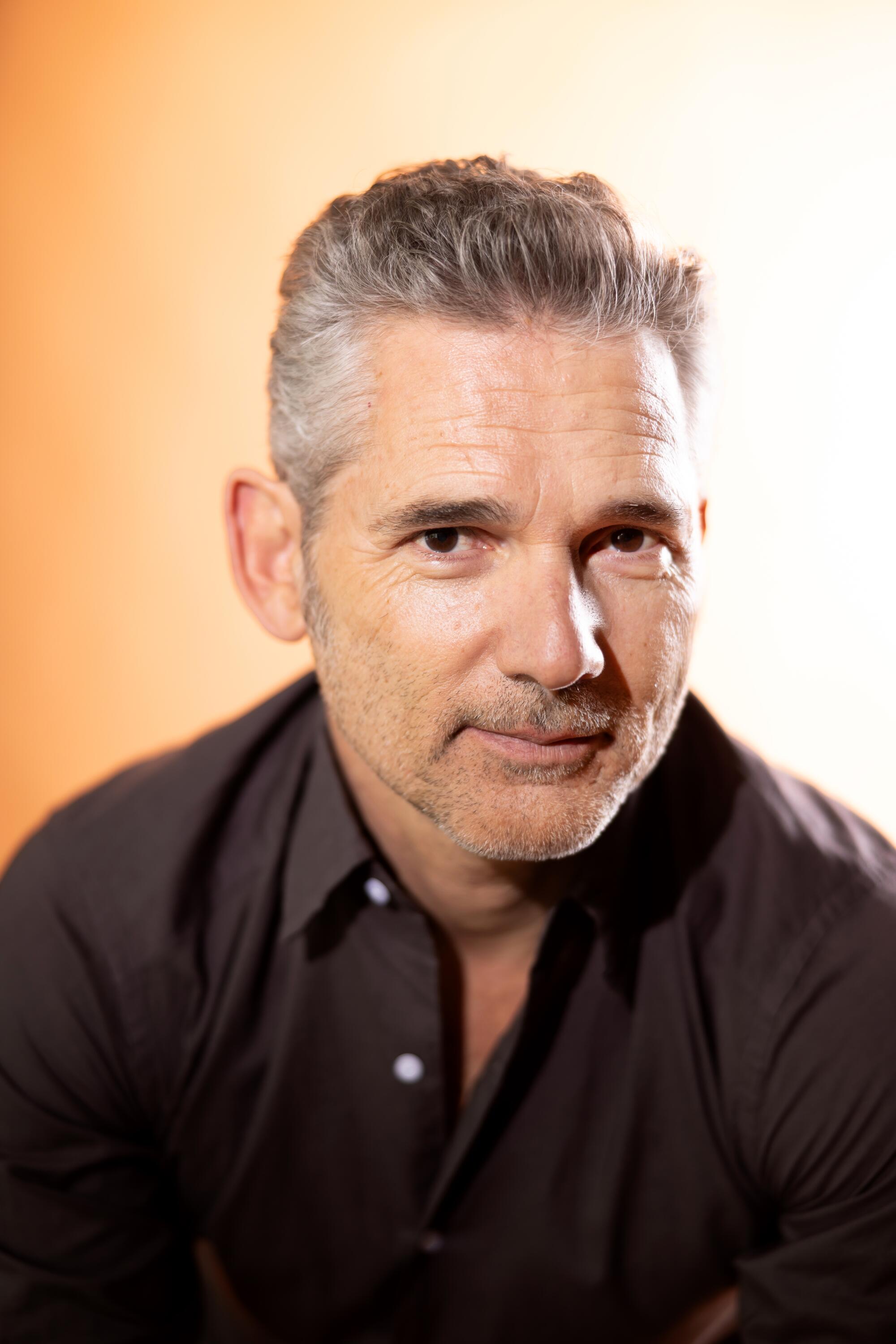Government shutdown enters fifth day as Democrats and Republicans remain at an impasse
WASHINGTON — Republican and Democratic lawmakers at an impasse on reopening the federal government provided few public signs Sunday of meaningful negotiations talking place to end what has so far been a five-day shutdown.
Leaders in both parties are betting that public sentiment has swung their way, putting pressure on the other side to compromise. Democrats are insisting on renewing subsidies to cover health insurance costs for millions of households, while President Trump wants to preserve existing spending levels and is threatening to permanently fire federal workers if the government remains closed.
The squabble comes at a moment of troubling economic uncertainty. While the U.S. economy has continued to grow this year, hiring has slowed and inflation remains elevated as Trump’s import taxes have created a series of disruptions for businesses. At the same time, there is a recognition that the nearly $2-trillion annual budget deficit is financially unsustainable, and reducing it would require a coalition in support of potential tax increases and spending cuts.
House Democratic leader Hakeem Jeffries, among those appearing on the Sunday news shows, said there have been no talks with Republican leaders since their White House meeting Monday.
“And unfortunately, since that point in time, Republicans, including Donald Trump, have gone radio silent,” said Jeffries (D-N.Y.). “And what we’ve seen is negotiation through deepfake videos, the House canceling votes, and of course President Trump spending yesterday on the golf course. That’s not responsible behavior.”
Trump was asked via text message by CNN’s Jake Tapper about shutdown talks. The Republican president responded with confidence but no details.
“We are winning and cutting costs big time,” Trump said in a text message, according to CNN.
His administration sees the shutdown as an opening to wield greater power over the budget, with multiple officials saying they will save money as workers are furloughed by imposing permanent job cuts on thousands of government workers, a tactic that has never been used before.
Even though it would be Trump’s decision, he believes he can put the blame on the Democrats for the layoffs because of the shutdown.
“It’s up to them,” Trump told reporters Sunday morning before boarding the presidential helicopter. “Anybody laid off, that’s because of the Democrats.”
Republicans on Sunday argued that the administration would take no pleasure in letting go of federal workers, even though the GOP has put funding on hold for infrastructure and energy projects in Democratic areas.
“We haven’t seen the details yet about what’s happening” with layoffs, House Speaker Mike Johnson (R-La.) said on NBC. “But it is a regrettable situation that the president does not want.”
Kevin Hassett, director of the White House National Economic Council, said that the administration wants to avoid the layoffs it had indicated might start last week, after a Friday deadline came and went without any decisions being announced.
“We want the Democrats to come forward and to make a deal that’s a clean, continuing resolution that gives us seven more weeks to talk about these things,” Hassett said on CNN. “But the bottom line is that with Republicans in control, the Republicans have a lot more power over the outcome than the Democrats.”
Democratic Sen. Adam Schiff of California defended his party’s stance on the shutdown, saying on NBC that the possible increase in healthcare costs for “millions of Americans” would make insurance unaffordable in what he called a “crisis.”
But Schiff also noted that the Trump administration has withheld congressionally approved spending from being used, essentially undermining the value of Democrats’ seeking compromises on the budgets as the White House could decline to not honor Congress’ wishes. The Trump administration sent Congress roughly $4.9 billion in “ pocket rescissions” on foreign aid, a process that meant the spending was withheld without time for Congress to weigh in before the previous fiscal year ended last week.
“We need both to address the healthcare crisis and we need some written assurance in the law, I won’t take a promise, that they’re not going to renege on any deal we make,” Schiff said.
The television appearances indicated that Democrats and Republicans are busy talking, deploying internet memes against each other that have raised concerns about whether it’s possible to negotiate in good faith.
Vice President JD Vance said that a video putting Jeffries in a sombrero and thick mustache was simply a joke, even though it came across as racist mocking as Republicans insist that the Democratic demands would lead to healthcare spending on immigrants in the country illegally, a claim that Democrats dispute.
Immigrants in the U.S. illegally are not eligible for any federal healthcare programs, including insurance provided through the Affordable Care Act and Medicaid. Still, hospitals do receive Medicaid reimbursements for emergency care that they are obligated to provide to people who meet other Medicaid eligibility requirements but do not have an eligible immigration status.
The challenge is that the two parties do not appear to be having productive conversations with each other in private, even as Republicans insist they are in conversation with their Democratic colleagues.
On Friday, a Senate vote to advance a Republican bill that would reopen the government failed to notch the necessary 60 votes to end a filibuster. Johnson said the House would close for legislative business this week, a strategy that could obligate the Senate to work with the government funding bill that was passed by House Republicans.
“Johnson’s not serious about this,” Senate Democratic leader Chuck Schumer (D-N.Y.) said on CBS. “He sent his all his congressman home last week and home this week. How are you going to negotiate?”
Senate Majority Leader John Thune (R-S.D.) said Sunday that the shutdown on discretionary spending, the furloughing of federal workers and requirements that other federal employees work without pay will go on so long as Democrats vote no.
“They’ll get another chance on Monday to vote again,” said Thune on Fox News Channel’s “Sunday Morning Futures.”
“And I’m hoping that some of them have a change of heart,” he said.
Boak writes for the Associated Press.
